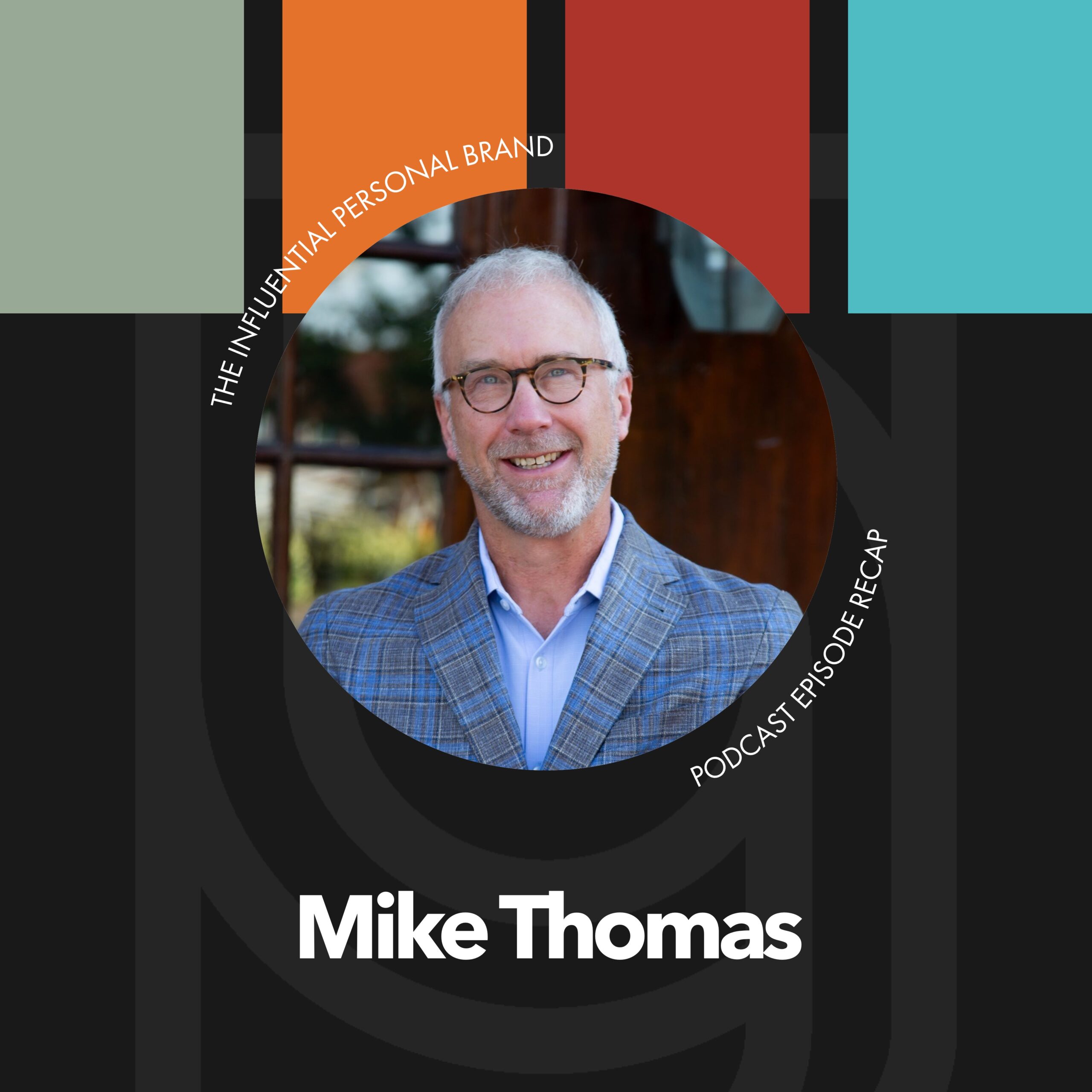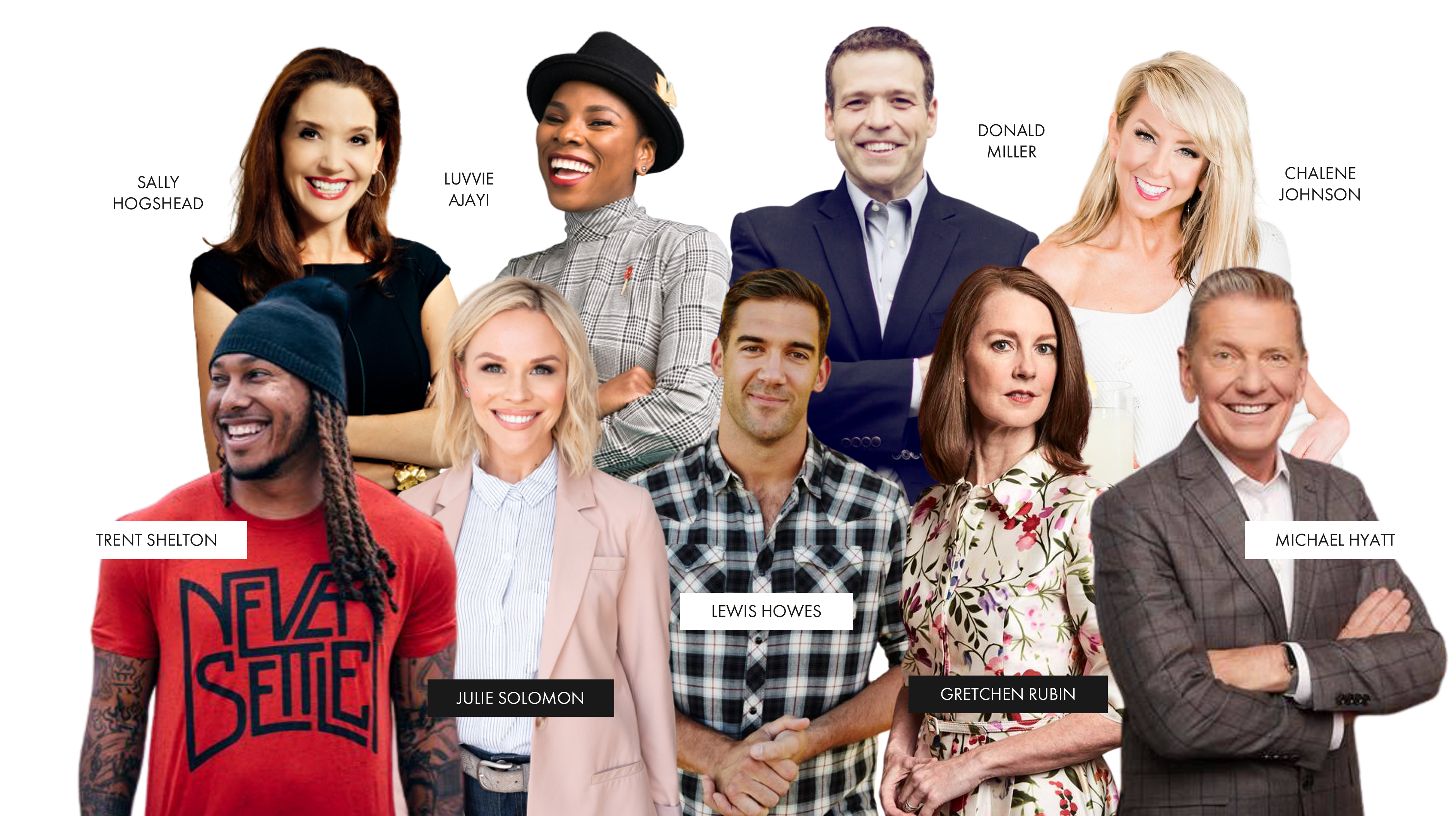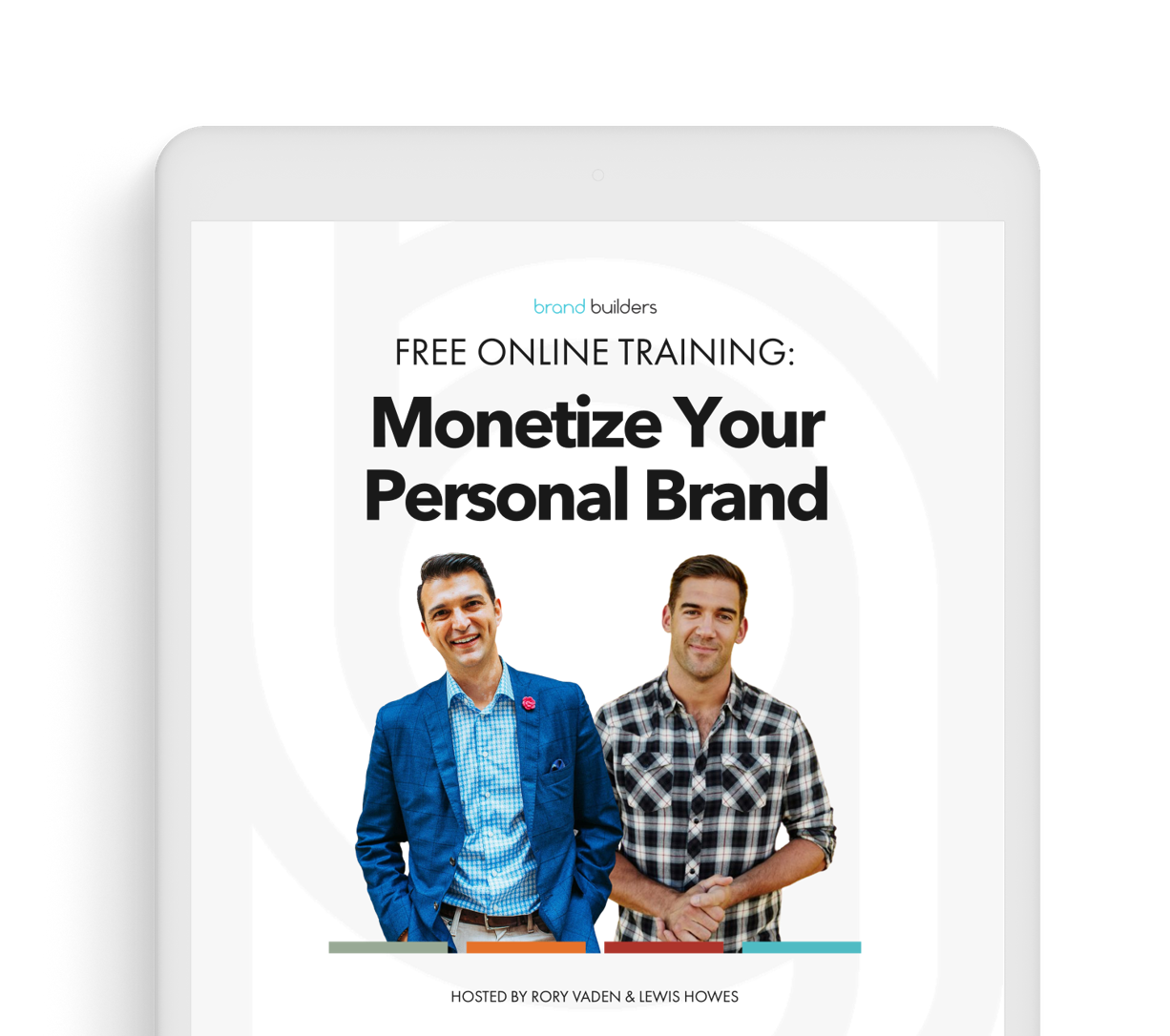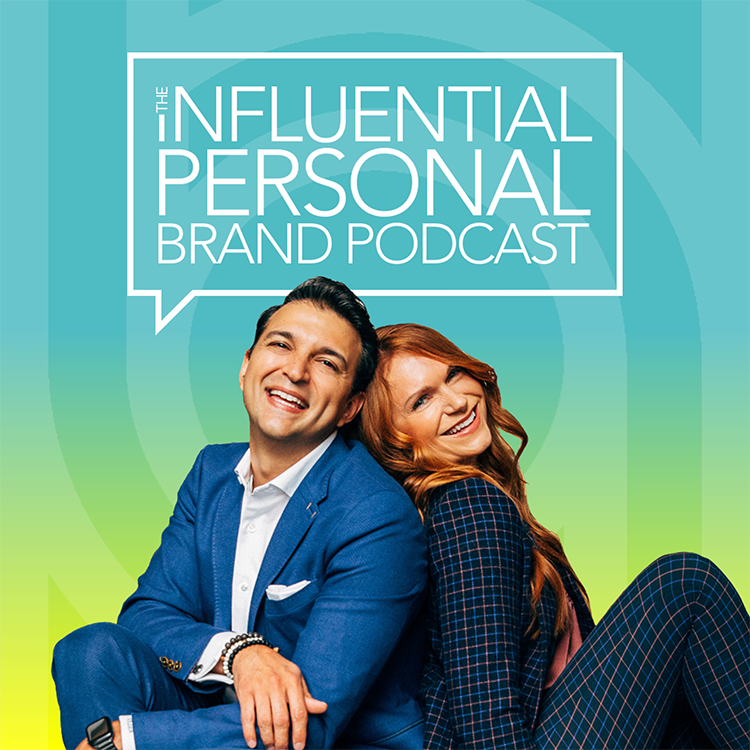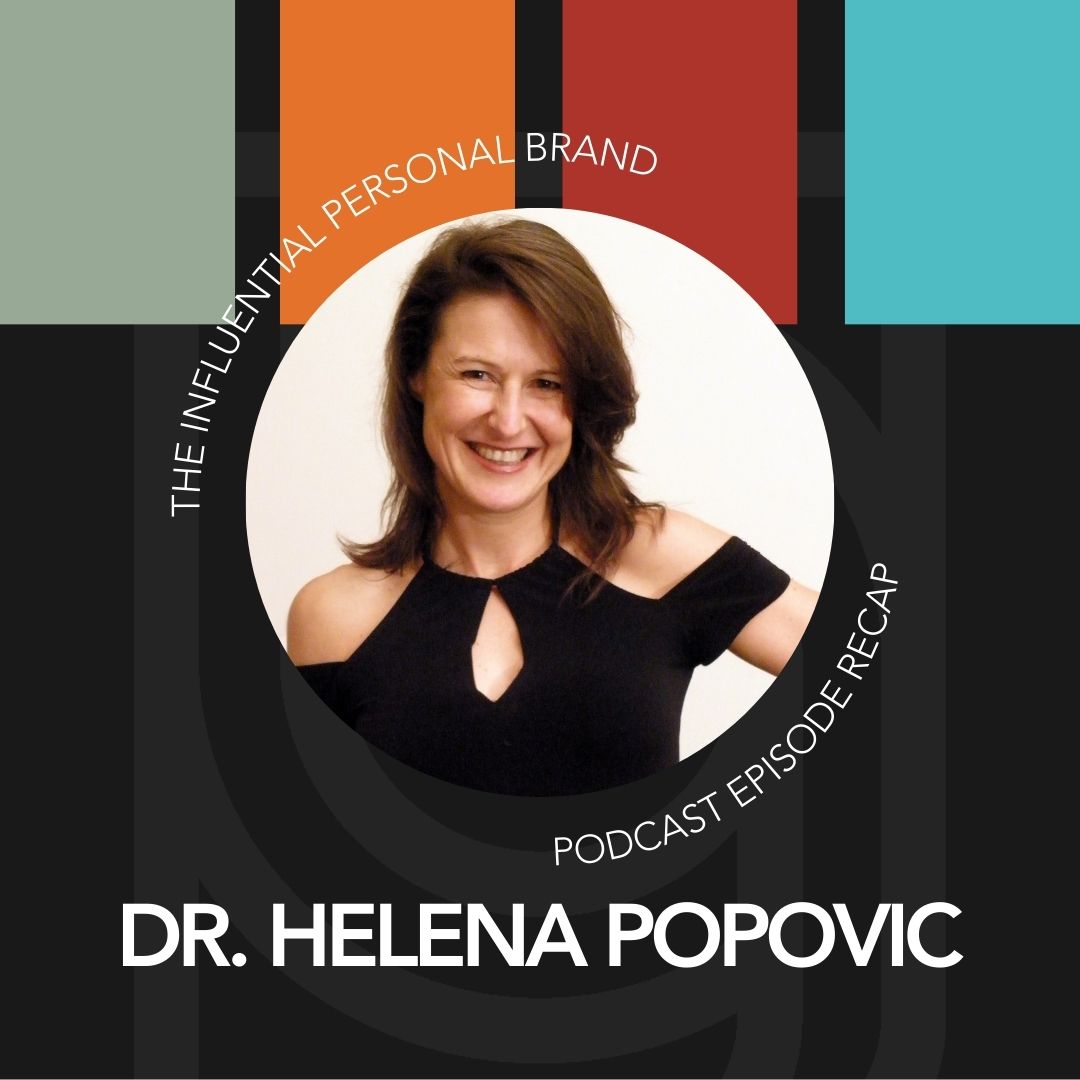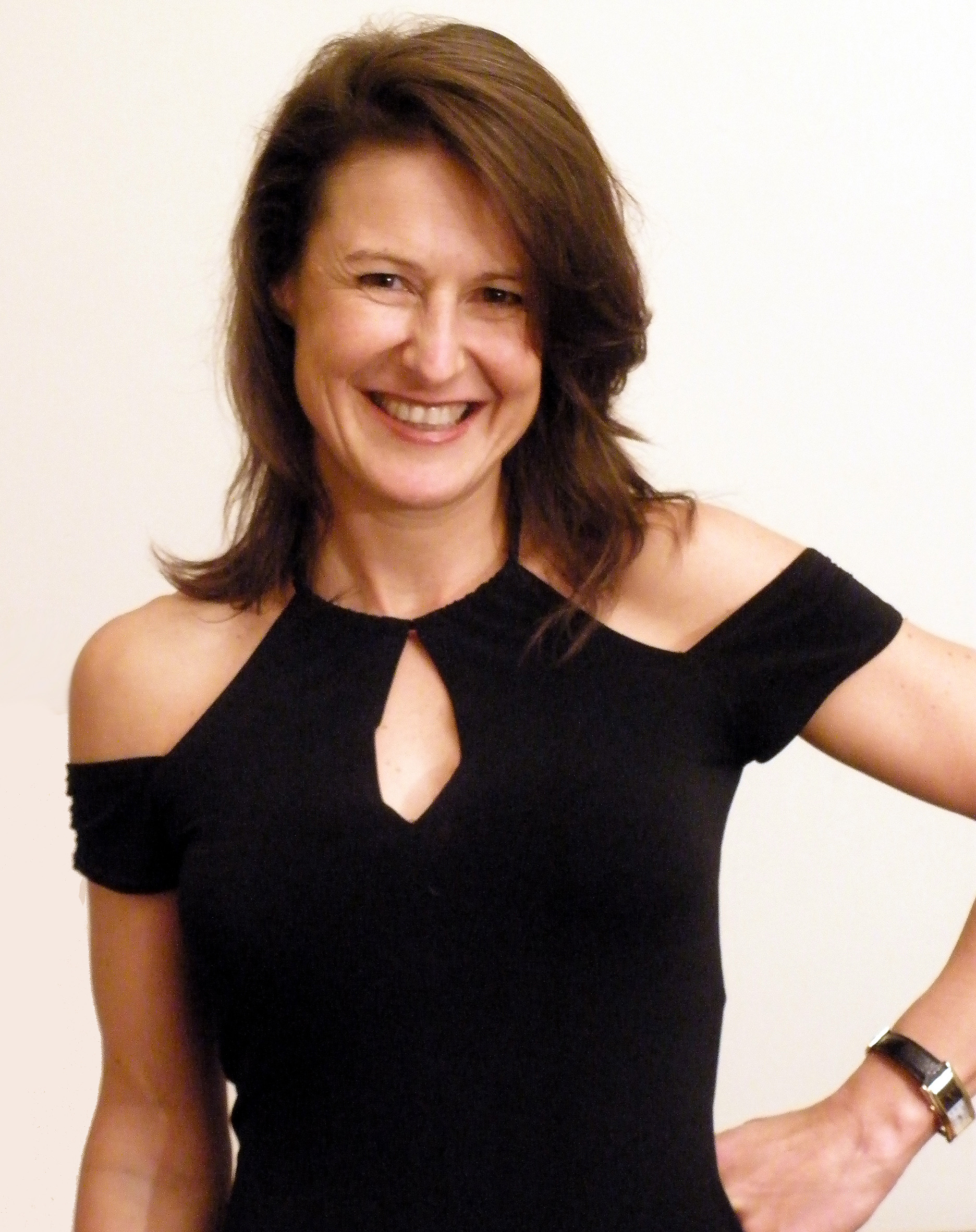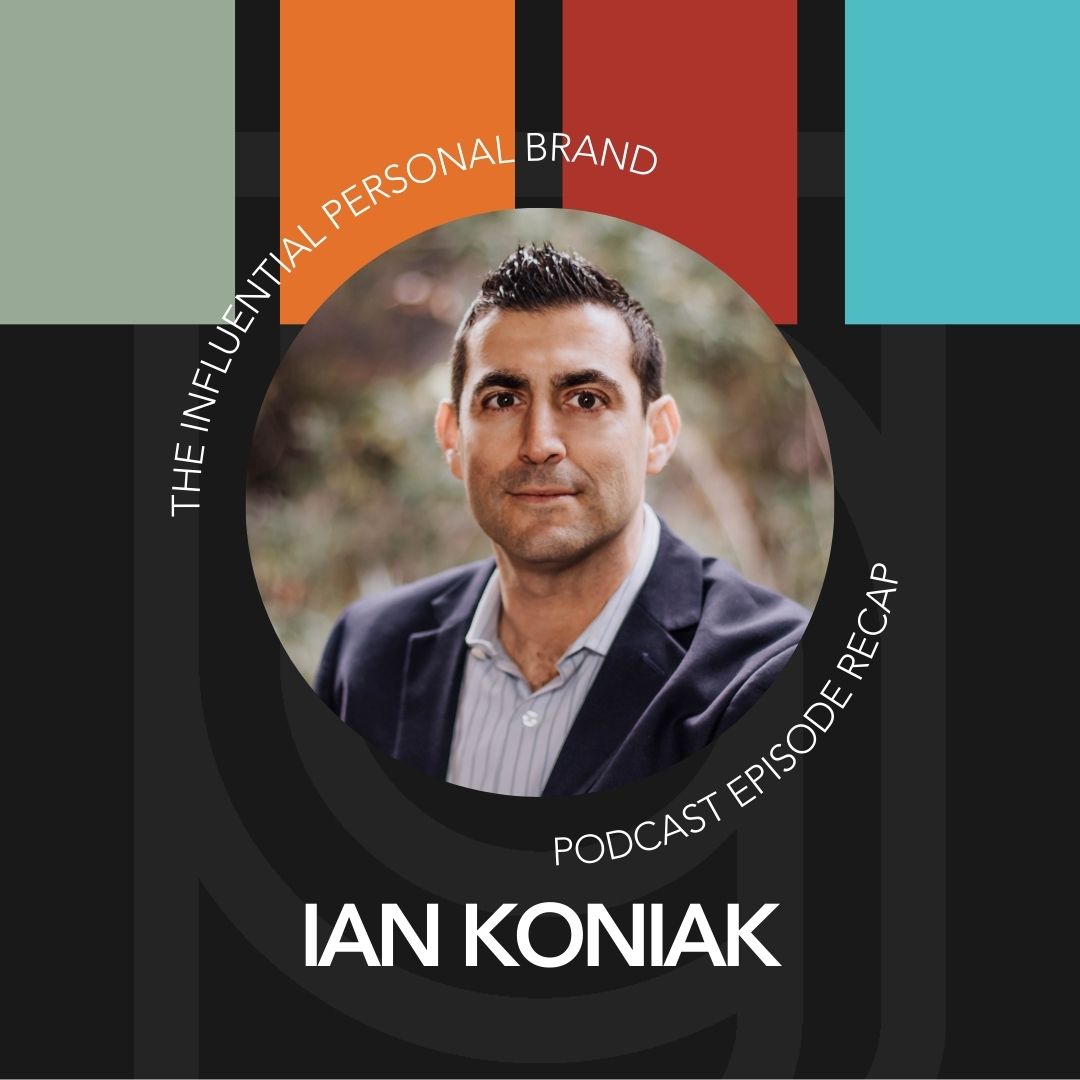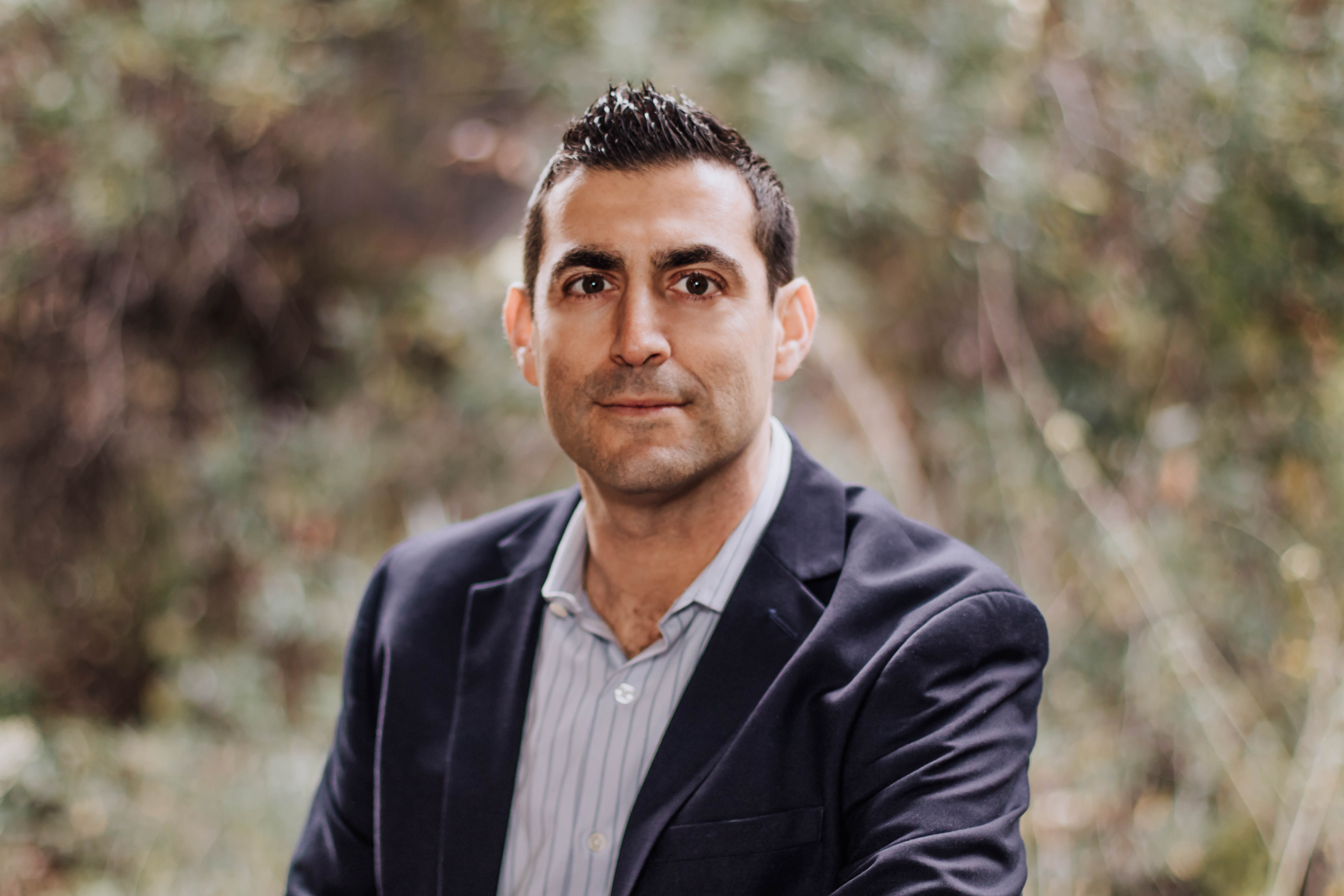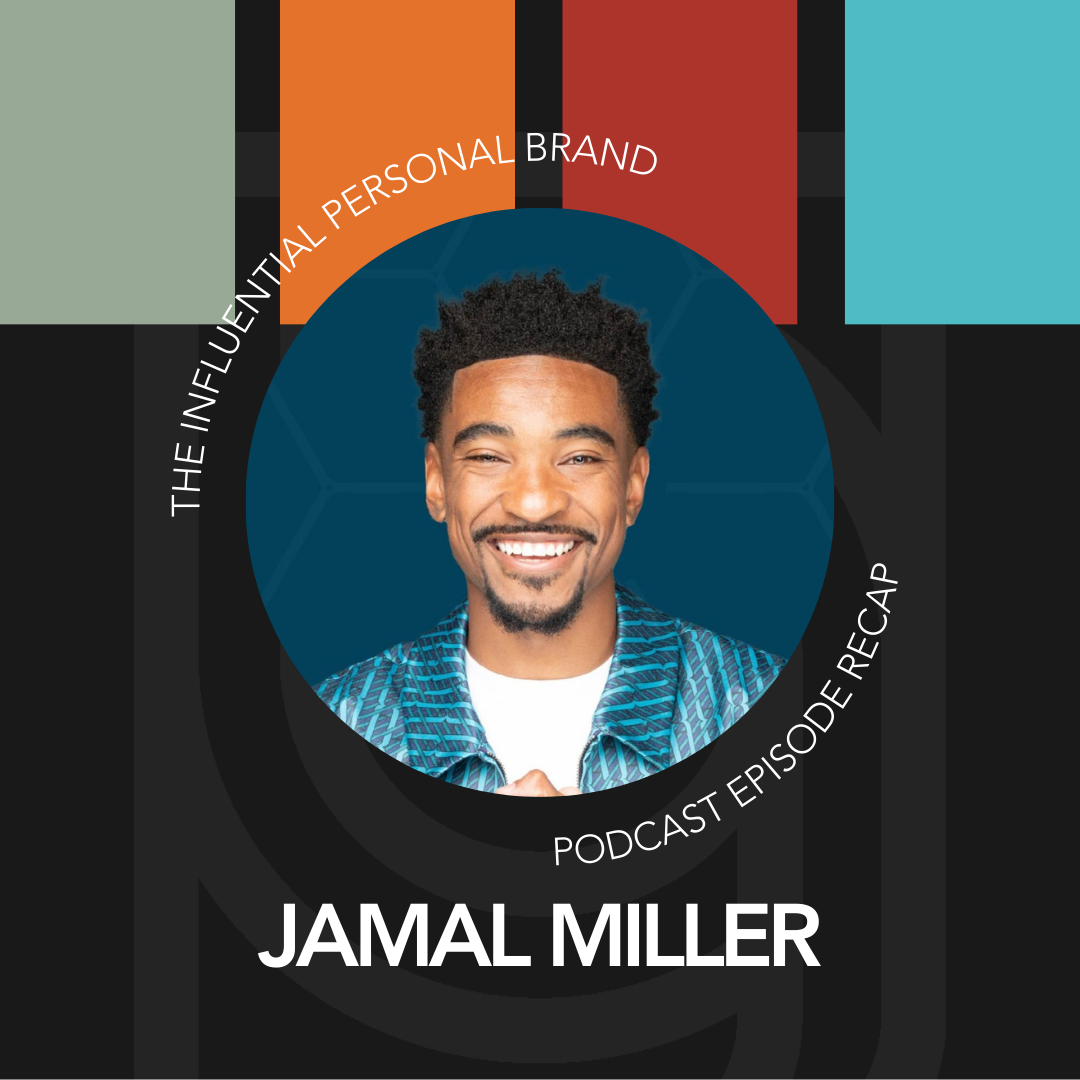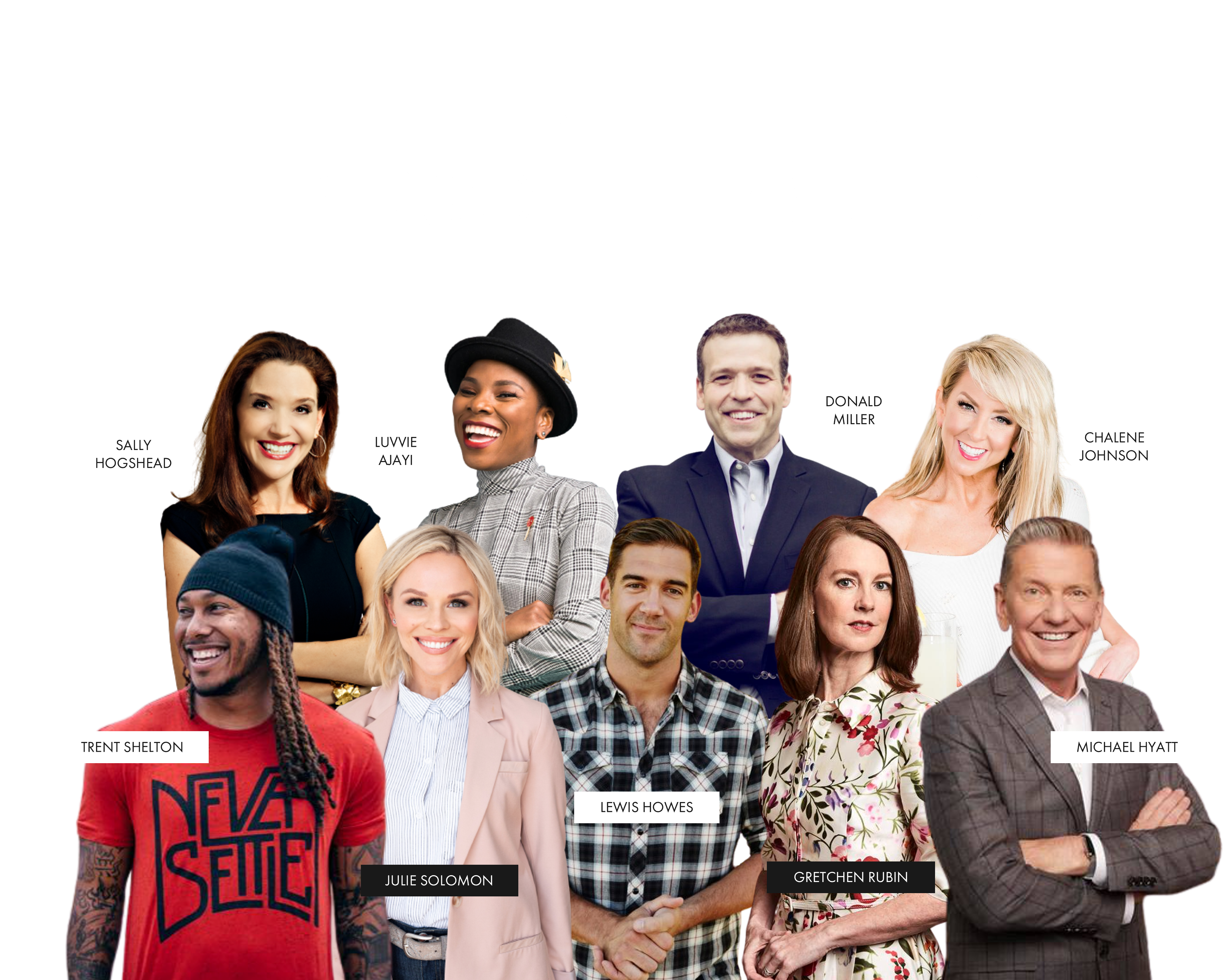RV (00:02):
Let’s talk about four simple steps that you can use to sell a lot of books. And obviously I am, have been working at this a lot for a long time, became a New York Times bestselling author when I was 29. Have written two traditionally published books as of this, this moment two self-published books and have a, my first hybrid published book coming out that I’m co-authoring with my wife and business partner AJ here next year. And so we’ve been around this world a long time. We’ve also helped 56 authors at the time of this recording to become national bestselling authors, including 10 clients of ours who have become New York Times bestselling authors in the last year alone. So we have spent a lot of time in and among this world, and one of our formal curriculums at Brand Builders Group is called Bestseller Launch Plan, where we talk about how to launch a book and more specifically like everything that should happen when you’re pre-selling a book.
RV (01:04):
And that’s where most of the, the success has come for our clients. But today I’m gonna walk you through a four step process that I think is a great, a fantastic long tail sales strategy. And this came from an interview that I just did with my new friend Mike Thomas. So Mike is the author of this children’s book series called The Secret of the Hidden Scrolls. And my son Jasper devoured this nine book series multiple times. And I had become friends with Mike and interviewed him of course recently on our podcast. And Mike was walking through the story of how he sold 650,000 copies of this, of, of this, these books when he started as a self-published author. And there’s four, there’s four steps that he followed, which mimic four steps that I’ve seen be successful, that we’ve seen be successful, that we’ve done ourselves, that I wanna just sort of share with you to kind of recap part of what he was saying, but also generalize what he was saying to go, this is how it applies to anybody.
RV (02:17):
So first of all, what’s step one? So step number one is simple. Step one is you have to market test. You have to market test. What that means is word of mouth is always the best long tail marketing strategy that’s true for anything. So how do you get, how do you ensure that you get word of mouth for a new product? Like, how do you know if the product’s gonna get word of mouth when you’re just releasing the product? And the, the, the simple answer is you test it. This is, you do market tests, you do experimentations with the content, or if it was a physical product, right? Like these are market
RV (02:59):
Research groups where you, you give people early access to the product so that you can get their feedback from real people and go, alright, how do I have to take their feedback and adapt it in a way so that I can incorporate it into my product? So that going forward, it’s going, it’s gonna be much more likely to propagate because I’ve already solved the big issues that people have upfront. Well, authors have a unique advantage in this particular area. Now, the way that Mike told his story was that he actually wrote the book and then he went out and he started reading it in schools, and it was kids’ books, right? So he went out to his son’s school and was like reading the book in the classroom and getting feedback. And so he did that. Well that’s one way to do it, is to actually write the book and then go out and, and and, and circulate it and get feedback on it.
RV (03:50):
But the other way to do it is the way that we teach at Brand Builders Group, which is one of our, one of our mantras that we tell authors is that a book should never be a hypothesis. A book should be a conclusion. Writing a book shouldn’t be a hypothesis. Writing a book should be a conclusion. What does that mean? It means that I don’t write a new book when I have an a new idea that I want to share with the world. I write a new book after I have had an idea. I have shared it with the world. I’ve sold it to the world. I’ve tested it, I’ve gotten feedback, I’ve adapted it, I’ve molded it, I’ve shaped it. I’ve re re-edited it, re-presented it, retested it, reshaped it, and, and done that several times to where it’s like, ah, now I have a finished thing and that’s what I’m gonna deliver to the world.
RV (04:41):
And I go, I know it’s phenomenal before I release it because I already tested it. That’s what great writing should be. It’s going, I’m not testing out my ideas in a book. I’m testing my ideas out through speaking and coaching and consulting and training and you know, whatever video courses and membership sites and, and what whatever, whatever your business model is, I’m, I’m testing the content out with customers first. My existing, my preexisting customers, my past customers, my past readers, and I’m testing those concepts first, and then I’m getting feedback from them. And then I’m incorporating that into the manuscript that then becomes a book. And if you look at, you know, my journey as an author, it’s, it’s pretty unusual that someone becomes a New York Times bestselling author with their first book, right? And that’s something that we did in 2012 when my first book Take The Stairs came out on the surface.
RV (05:41):
It’s like, whoa, a 29-year-old first time author hit the New York Times. What an anomaly. And, and yes, it is an anomaly, but the true story for how we did that was that book came out in 2012. I had been speaking professionally on the concepts around Take the Stairs and the psychology of overcoming procrastination and creative avoidance and prior to dilution and the Buffalo Story, that is the flagship story that now lots of people on the internet use, but that I am the original author of. I had been speaking like the Buffalo story. I have been telling that Buffalo story from stage since 2004, right? So eight full years before it ever appeared in the book. I was building my career on it. I was getting feedback on it. It it started as an internal training that I led for a little team that I was running in college.
RV (06:36):
And I got so much great feedback that, that that became a signature story of my speaking. And that came part of our coaching program and, and part of our curriculum and, and so many people it got, you know, shaped and refined. And then it landed in a book one day that we wrote actually in 2010, and then was published and, and hits the New York Times Bestseller list in 2012. That’s an example of a story that I created years before that was tested and shaped and molded and adapted. And then when people read it, it was not a hypothesis, it was a conclusion. It’s the same thing when I go out and speak, right? I don’t when people pay me to speak, I’m not trying out new content on that stage. I’m delivering content that I have tested many times before in front of other groups or on social media or webinars or, you know, and when I first started, it was in comedy clubs and Toastmaster groups.
RV (07:28):
I built my first keynotes speaking to those audiences for free so that by the time I got in front of an audience where someone had paid me to be there, I wasn’t nervous. I wasn’t afraid that it wasn’t gonna be good. I knew it was gonna be a home run. I knew because it wasn’t the first time I was giving it, it had been tested. And that is what creates word of mouth is market testing is to go, don’t make it a hypothesis. Make it a conclusion. And too many people, you know, there’s this old saying that says a lot of authors have read have written more books than they’ve read . And sometimes it’s like they just start writing stuff without doing any kind of research or any kind of evaluation or market testing or, or, or, or tweaking. And they just like put an ideas down on paper and then throw them out there in the world.
RV (08:14):
And that’s, it’s not impossible that that’s gonna succeed. It’s just way more, less likely. It’s sta statistically exponentially much less likely that that content is gonna succeed. So it starts with market testing. The second step to selling a lot of books is having a single channel focus, right? Having a single channel focus. If you’ve been around brand builders group for any amount of time, if you’ve been in any of our trainings, if you’ve ever heard me on any other podcast, you know that perhaps our most flagship mantra is that if you have diluted focus, you get diluted results. And when you launch a book, or when you launch any type of product, you don’t want to do a thousand things that you could do. You want to pick a couple. And typically what we see is the most successful campaigns really focus and really drive on one kind of core strategy that they go, this is the one thing we’re gonna really go all in on.
RV (09:16):
And Mike, you know, he told the whole story in my interview with him about influencer marketing and that influencer marketing was the one thing that he did really, really well. And he went all in on it. It was super tactical. There’s other things that we’ve done. We’ve done big live events with ed Millet was one of our, one of our first clients that we did a big live event with. And we were a part of a team that helped Ed sell 35,634 books in a single day. We replicated something similar to that when we worked with John Maxwell’s team and we sold 11,000 units all wrapped around one event. That was one evening, it was a few in a few hours between the people who bought on the way in and then the people who bought that night. Those are huge numbers that, that are the result of a lot of focus on one specific thing.
RV (10:06):
So when we teach our bestseller launch plan, like our formal, our curriculum, our formal in inside of our formal program, we talk about how there’s really only five main mechanisms that, that anybody can use to significantly move a lot of books. But in the interview, Mike and I go deep on influencer marketing and, and I think part of why he was successful is he really mastered one. He really said, I’m gonna do this one thing really well, if you not just wanna sell books, but if you wanna sell anything, it’s going have one thing that you do really, really, really, really well that you perfect, rather than trying to have 50 different marketing strategies that you execute in mediocre fashion. And that’s a, that’s just a common, you know mistake that we see a lot of people do. Number three, give the product away.
RV (10:59):
Give the product away whether it’s a product or a service. This is a consistent trait, a consistent pattern. A a a consistent theme that we see among books that take off and products that take off, and companies that scale is you give a lot of product away. You give it away because you need people using it more than you need money, more than you need sales early on. You need a lot of people who have used the product in this specific case, a lot of people who have read the book. So you want to give it away. And that’s, Mike tells this story about how he did influencer marketing by giving the book to influencers and going, Hey, he, I wanna send it to you. Yes, that takes time. Yes, that takes money. Yes, it is a risk. Although if you’ve done your market testing, it’s not a huge risk because you know that they’re likely gonna love the product by the time they get it because you’ve already done the testing, you’ve already worked out the kinks, now you’re into marketing mode and you go, I need people to consume this.
RV (12:04):
And this is true for building your personal brand in general, is to go, the reason we put out so much content on social and blogs and podcasts is going, I want people to be able to experience me and and us at Brand Builders Group for free. I want them to be able to te test us to, to try it. You know, we use the analogy of chicken on a stick a lot of times because that’s like when you go to the food court, you know, or you go through Whole Foods, you go to the grocery store when they’re launching a new product, what are they good? They give you a free bite of the food that, because you need to taste it, you need experience it, and when you do, you’re more likely to talk about it and share it and buy it and promote it.
RV (12:44):
And, and people need that same thing for you. So if you’re just getting started, you need to spend some time thinking about how can I give my product away for free? How can I give my service away for free? How can I give my ideas away for free so that lots of people can get exposed to them, get a, a taste of them, get to sample them. The amount of sales that you make are gonna be directly proportionate to the number of people who have e experienced your product or service. And with a book, especially early on, it’s like you gotta have lots of people with, with, with getting lots of copies. And so, you know, now these days at this stage in my career, we don’t usually just give away a book to everybody, but we usually will do something in our launch strategy, which is like, if you buy one, we’ll give you one so that they can give it away.
RV (13:35):
And we call those trust soldiers around Brand Builders Group is is giving your customers or your fans giving them an asset that they can share with their friends for free. And you heard that in Mike’s story. Again, if you haven’t, if you didn’t hear that podcast, go listen to that to that podcast. You’re gonna want to check it out. And then the fourth thing is give people an incentive to share it with their friends and, and, and with their audience, which is kind of what I was just talking about. So, you know, step three is you’re giving the product away, but step four is give them an incentive to share your product or service with their audience. Specifically with books we’re going, okay, I’m gonna give you a book to share with a friend, or I’m gonna, I’m gonna give you free chapters that you can read or free chapters that you can send to somebody. In Mike’s case with influencer marketing, what he did that was so simple, so powerful, so effective was after he gave away a copy of the book, he said, Hey, would you like me to give you a few more books that you could do as a giveaway to your community? What a brilliant, simple strategy that is, is like worth its weight in gold
RV (14:51):
For the promotion to go. He’s gonna give away a handful of books here which will cost him, you know, tens of dollars, it will be dozens of dollars, and yet he’s gonna likely drive hundreds, if not thousands, maybe tens of thousands of dollars in sales that will result from the promotion and the exposure of everybody seeing someone talk about that product. So that is so smart that he’s creating that incentive. What incentives can you create for the people who are buying your product to you know, use the product, share the pro product, promote the product. So you’re not only just giving them one, you’re also creating incentives for them to share with other people and making it easy for them to say yes to sharing what you do. So those are four strategies that I think especially work well once a book is out and part of the long tail launch.
RV (15:47):
Now, if you wanna learn how to launch your book and, and really have a massive book launch knowing that over 90% of the books that hit the New York Times hit the first week, the book comes out, that’s a data point that our data science team figured out. And part of why, how we have reversed engineered so many best seller launches is because we have an entire pre-launch system. If any point you wanna learn that system, you can either, if you’re watching this, if you’re watching this on Instagram, just type the word call down below and you can, you can request a call with someone on our team and they’ll talk to you about it. If you are watching this on YouTube, just click the link near or around this video and we will set you up with a free call with one of our strategists to share with you what that process looks like.
RV (16:36):
And if you’re listening to this on the podcast, just go to free brand call.com/podcast, free brand call.com/podcast and you can request a call with our team and they can introduce you to the system and start walking you through a bestseller launch plan. But there you have it. There’s four ideas four steps that you can do to sell a lot of books. First market testing. Test your product, test your feedback. Test test the content before you go out in full, full promotion. Mode. Two, have a single channel focus. Have one strategy that you’re gonna be absolutely sure you’re gonna go all in on making sure it works. Number three, give it away so that people can sample it and test it for free. And number four, give people incentives to share it with their audience, to share it with their friends and family. Do those four things and you are gonna have a book that is going to take off sooner or later. That’s it on this edition of the Influential Personal Brand podcast. Keep coming back for more. We’ll catch you next time.
